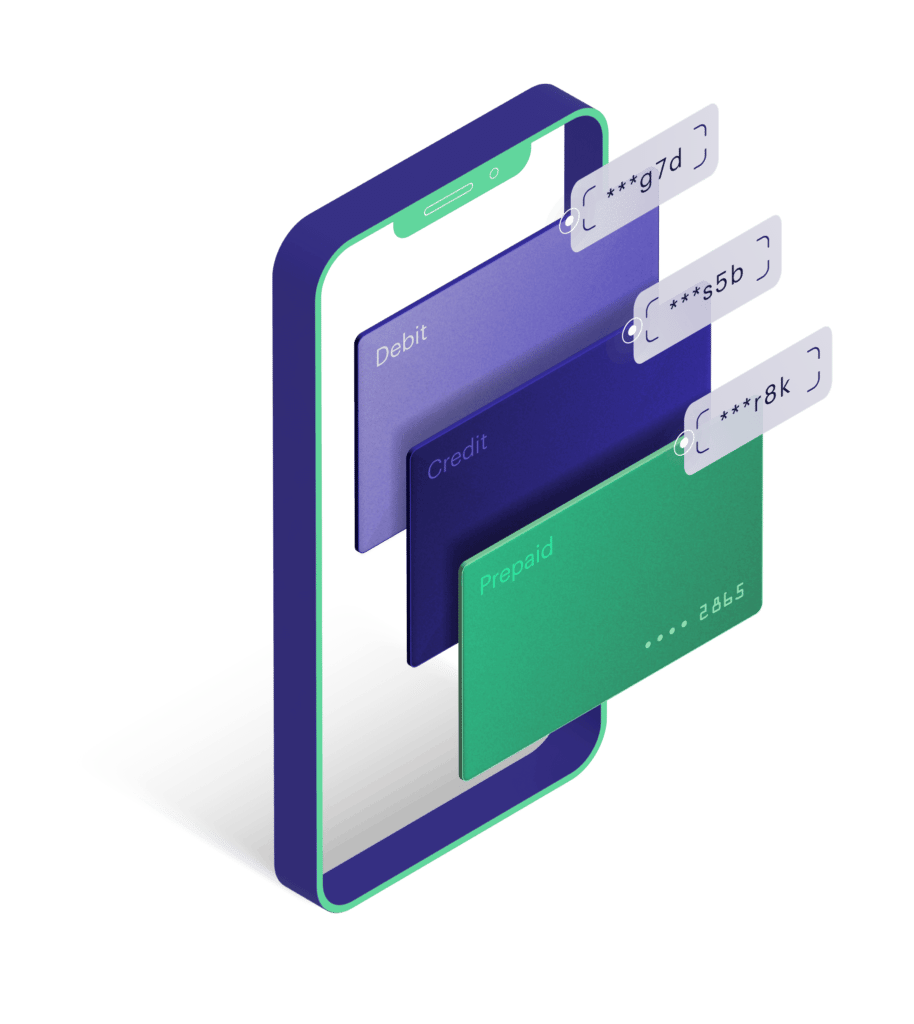Card-issuing platform Marqeta Inc. has extended its tokenization technology to allow card issuers to push tokenized cards to consumers’ mobile devices, where consumers can use the cards to make purchases.
The new technology, which Market calls “web push provisioning,” is expected to reduce friction in mobile payments by eliminating the need for consumers to download an app to enable payment. Instead, card issuers can push tokenized cards to a consumer’s mobile device directly from the consumer’s Web browser.

The technology is expected to help increase mobile-wallet usage and reduce abandonment of wallet-based transactions. More than 75% of consumers have abandoned a mobile transaction due to the requirement that they download a mobile app to check out, according to Marqeta.

Web-push provisioning is built on Marqeta’s application programming interfaces, which are called to initialize the Web provisioning flow and deliver a so-called webhook notification upon completion. The Apple Pay p Google Pay The web app is opened to complete the provisioning process of the card into the digital wallet, and end users are able to use the product instantly. Web push provisioning was built in partnership with digital-wallet providers Apple and Google.
The technology is currently in beta development. Marqeta, which expects it to be released for mass use later this year, is testing the technology in a number of use cases including retail, insurance-claim processing, and commercial-aviation ticketing.
“There are currently two ways to add cards to your mobile wallet: manually by entering the 16-digit number, expiration date, and CVV [card-verification value] or via in-app provisioning, which requires a cardholder to download an app,” Matt Sollie, vice president of product management for Marqeta, says by email. “As many of us have experienced, both of these options can create friction for the cardholder. Web push provisioning further extends Marqeta’s leadership in the tokenization space.”
The genesis of Marqeta’s web push provisioning technology can be traced to the company’s Hack Week in 2021, during which team members identified the potential impact of enabling brands to provision tokens from a mobile Web browser. That allowed their users to pay directly from their mobile wallets without forcing them to transact through an app, according to Sollie.
Digital-wallet usage has accelerated in recent years. Global digital-wallet transaction values are expected to grow 60% by 2026, according to Juniper Research. Consumer adoption is also rising, with 71% of consumers in the United reporting use of a mobile wallet in the past 12 months, up from 64% in late 2020.